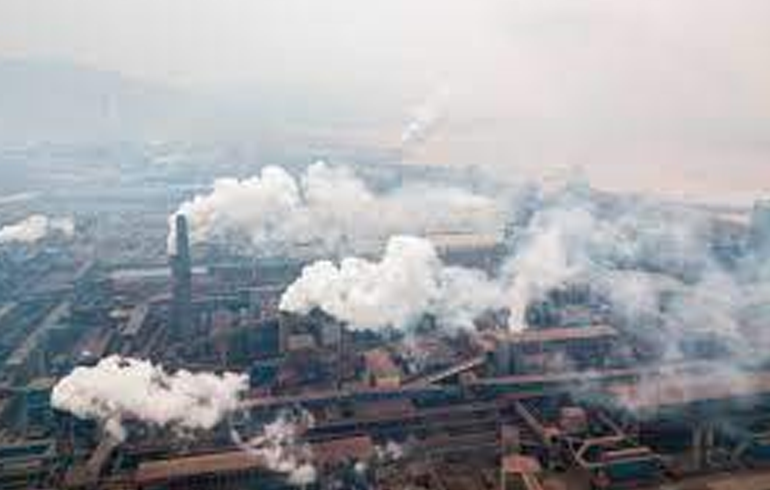For the past several days as the world has been debating ways and means to fight the effects of climate change in Glasgow, residents of the Indian capital, Delhi, have been waking up to grey skies and complaining of stuffy noses and itchy eyes.
The city has been named the “world’s most polluted capital” for the third straight year by a Swiss group that measures PM2.5 levels – the concentration of tiny lung-damaging particles – in the air.
Experts say prolonged exposure can cause a host of health issues, including cancer and cardiac problems.
Dust from construction sites, industrial and vehicle emissions, and weather patterns all contribute to Delhi’s pollution.
But the city’s air turns into a murky, foul-smelling cocktail of dangerous chemicals especially in the winter months, with hundreds of farmers in neighbouring states burning crop stubble and firecrackers being set off during the festival of Diwali.
A favourite pastime of many residents, including me, is to check apps that provide a reading of the air quality index.
Levels below 50 are considered “good” and under 100 “satisfactory”. The day after Diwali last week, Delhi’s PM2.5 levels at many locations were deemed “hazardous” at 999, the maximum reading possible.
A few days later when the levels fell to 382, newspaper headlines said Delhi’s air quality had improved – to “very poor”.
It’s not just Delhi – India is home to 22 of the world’s 30 most polluted cities and pollution kills more than a million Indians every year.
But critics say cleaning up the air would require drastic measures that do not appear to be on the priority list of the country’s leaders.
Source:




















































